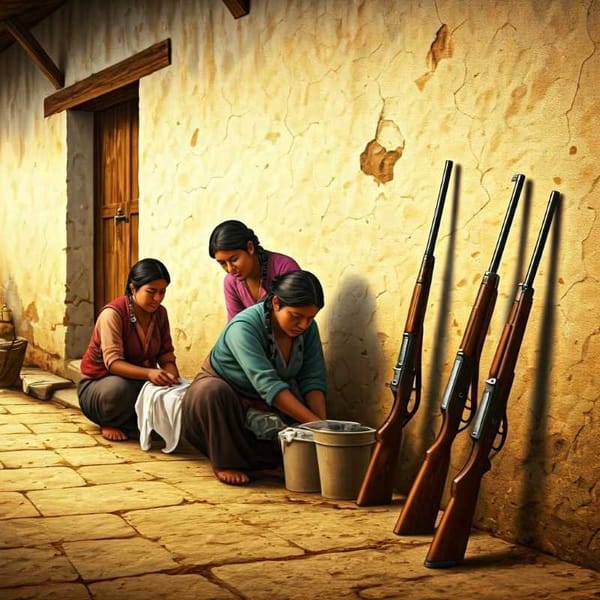Hummingbirds: nature's precious gems
The hummingbirds are small birds, with tiny legs and long beaks and wings. They are capable of agile flight (in all directions, in reverse and hovering in flight) and speed (between 80 and 200 flaps per second). Get to know more.
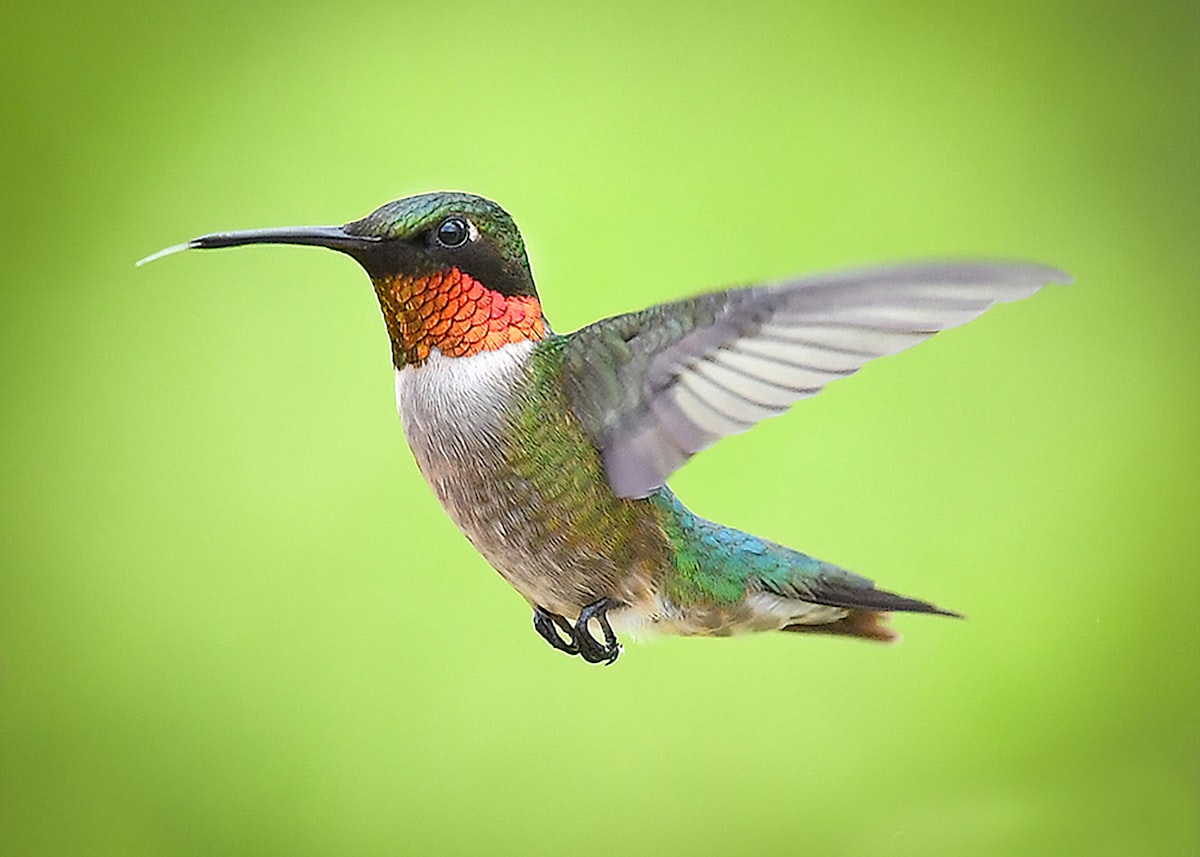
Hummingbirds are small birds, with tiny legs and long beaks and wings. They can fly nimbly (in all directions, in reverse and hovering) and swiftly (between 80 and 200 flaps per second). They feed on the nectar of flowering plants; these produce it to attract them since these birds help them to carry out their sexual reproduction by transporting the pollen (male gamete) to the ovary, which produces the fruits and seeds, in which the embryo of the new plant is found.
America is the continent of hummingbirds. They do not exist anywhere else in the world and in Mexico, we have 58 of the approximately 330 known species. Of these 58, 13 are distributed exclusively in the country. An example is the Atoyac Coquette (Lophornis brachylophus), whose distribution is restricted to 40 of the temperate forests of the Sierra de Atoyac de Álvarez, Guerrero. Likewise, we have migratory species that breed in the United States and Canada and come to spend the winter in Mexico, such as the Canelo's Buzzard (Selasphorus rufus) or Allen's Buzzard (Selasphorus sasin), birds of about 3 grams in weight that fly around 5000 km in their annual migrations.
America is the continent of hummingbirds. They do not exist anywhere else in the world and in Mexico, there are 58 of the approximately 330 known species. Out of these 58, 13 are distributed exclusively in the country. An example is the Atoyac Coquette (Lophornis brachylophus), whose distribution is restricted to 40 of the temperate forests of the Sierra de Atoyac de Álvarez, Guerrero. Likewise, there are migratory species that reproduce in the United States and Canada and come to spend the winter in Mexico, such as the Canelo's Buzzard (Selasphorus rufus) or Allen's Buzzard (Selasphorus sasin), birds of about 3 grams in weight that fly around 5000 km in their annual migrations.
Ecological importance
Hummingbirds are considered the most important pollinating birds in the Americas; this is due to both their abundance and the large number of plants they visit. They are important pollinators of species in the temperate pine, pine-oak, and mesophyll forests of Mexico, where great biodiversity is concentrated. They pollinate plant species such as Salvia (popularly known as lavender), Fuchsia (known as aretillos) as well as some epiphytes such as orchids and bromeliads. Their relationship with orchids is even portrayed in the well-known book Colibríes y Orquídeas de México by Fernando Montes de Oca ("Hummingbirds and Orchids of Mexico"), which can be found in several libraries of the UNAM (National Autonomous University of Mexico).
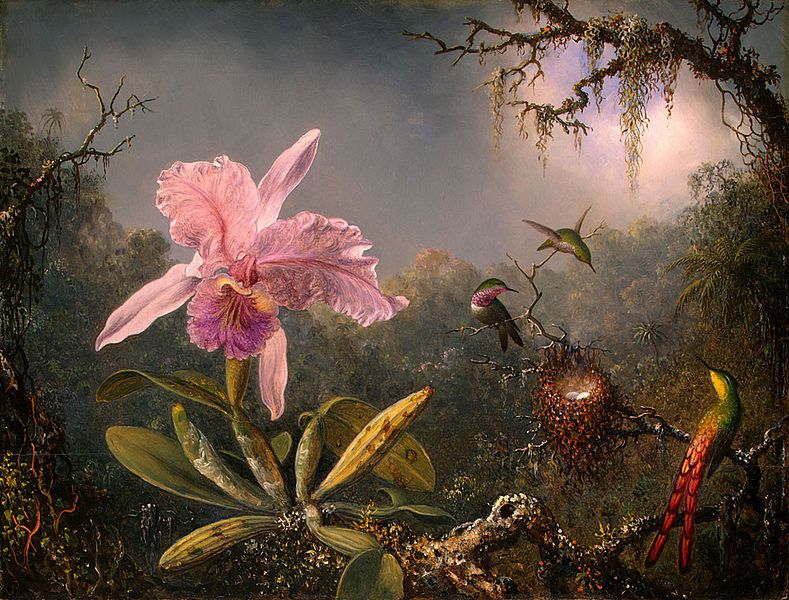
Cultural importance
Besides the undoubted value of these species for ecosystems, in Mexican culture hummingbirds represent gods such as Huitzilopochtli, the Mexica god of war, whose name means "left-handed hummingbird". Among the Maya, they are associated with the carriers and companions of the souls of dead warriors on their journey to the Sun. This dual role recognized by native cultures has to do, on the one hand, with their ecological function as pollinators, since they enable the sexual reproduction of plants (which is why they are associated with love and fertility) and, on the other hand, with their feeding behavior, since many hummingbirds fiercely defend their flowers against individuals of their species as well as other species. The latter may be related to the warrior role attributed to them in various cultures. Nowadays they are associated with good luck, love, and good wishes, which puts a lot of pressure on natural populations because people look for dead animals to make potions and amulets that have no power and only endanger the species that are captured for this purpose.
Hummingbird conservation
Human activities have caused the deterioration of ecosystems, and this has exterminated some of the original species and reduced the distribution of others. In the case of vital processes such as pollination, the disappearance of one of the parties involved (either the plant or the pollinator) causes the uncoupling of the interaction and initiates a chain reaction that has a direct impact on the reproduction of plants and the survival of the pollinator, which in the end has a direct impact on the functioning, conservation, and maintenance of ecosystems. Hummingbird species that have been considered threatened are those whose distribution is restricted; habitat changes associated with deforestation and the advance of the agricultural and livestock frontier are the main threats to them. Although indeed, hummingbirds can also be found in urban environments because they feed on flowers in gardens, orchards, and parks, their reproduction generally takes place in the forests surrounding cities.
Throughout history, hummingbirds have been trapped to collect their feathers and use them to adorn accessories: plumes and necklaces in native cultures, or hats, earrings, and necklaces today. Recently, an avid trade was found in a large number of mummified hummingbirds sold as love charms, along with potions with which -according to the people who sell them- they ensure the attraction and fidelity of the loved one. It is very important to point out that all the mythology and beliefs that associate these animals with good luck and fertility have to do with their role in nature and their life in the wild. The belief that they carry good thoughts from the world of the dead to the realm of the living is also derived from their ability to fly. We should discourage the use of dead hummingbirds as amulets, as it is clear that this serves neither to attract good luck nor to improve love relationships between people. All the legends associated with these animals evoke live hummingbirds, flying in freedom.
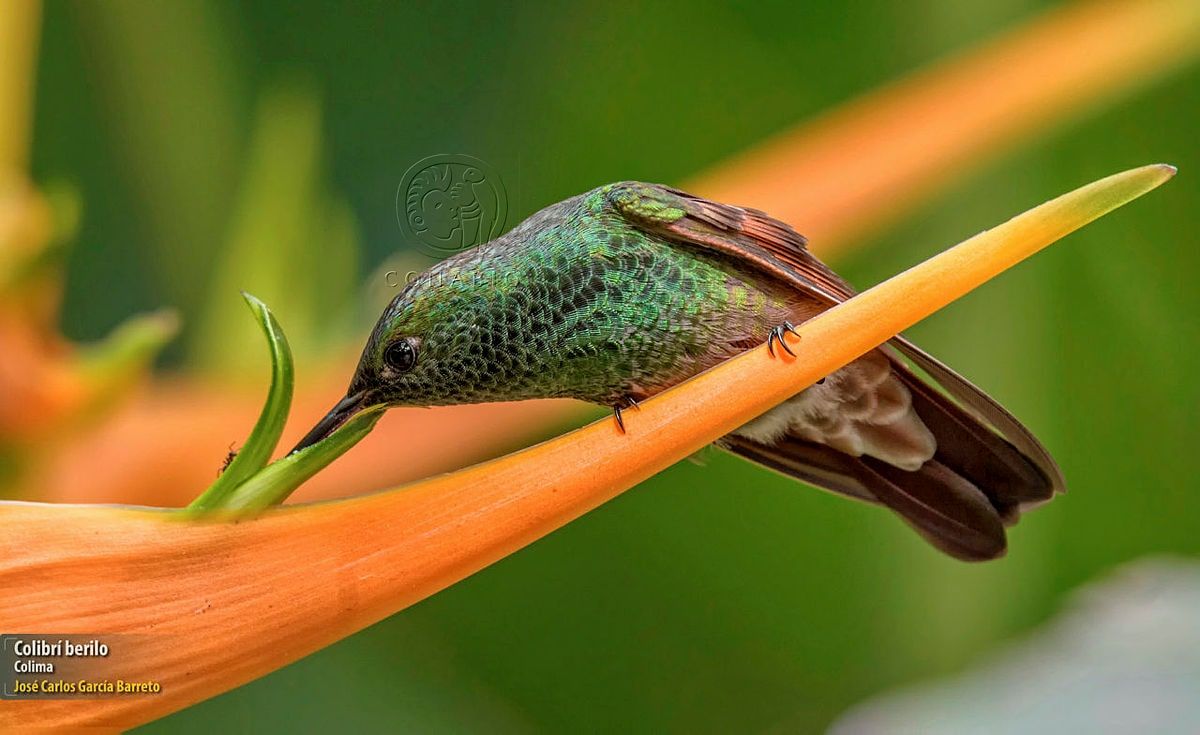
Attracting hummingbirds
Attracting these birds to homes to observe them and enjoy their beauty and good omens is, therefore, the best option. In cities, the use of artificial drinking fountains can help attract hummingbirds to windows, patios, and gardens. It is a way to supplement the food we have taken away from them by destroying their environment and replacing it with urban developments.
It is important to note that drinkers should be filled only with water containing 20% table sugar, i.e., four servings of water to one serving of sugar. The nectar sold commercially is only sugar painted red. The paint can adversely affect hummingbirds, causing them various ailments. For example, the FDA (Food and Drug Administration) has recognized that some red dyes can cause cancer in animals. The red color indeed helps hummingbirds detect the drinkers more quickly and visit them more often, but to achieve this it is sufficient that the drinker is red.
In suburban or natural areas it is not advisable to use drinkers, because their presence discourages hummingbirds from visiting flowers, and this can cause a decrease in plant reproduction. The best option in either condition is to plant the plants that hummingbirds use, make gardens for them, and thus restore some of the lost habitats.
What is a hummingbird garden?
In 2014, at the Faculty of Higher Education (FES) Iztacala, a hummingbird garden was designed that, to date, functions as a pilot project that provides information to make new and better gardens at other sites, as well as to describe the behavioral patterns of hummingbirds when visiting different plants. In designing this garden, my students and I took care that the allotted space had plants that would provide food, water, and shelter. Tree, herb, and shrub species were selected because they are especially attractive to them. Food plants are characterized because they produce nectar, a crucial quality. After all, it is the main food of hummingbirds. It is also essential that they be protected and have shelter, so any garden that attracts them should have trees or shrubs in which they can nest or rest. In addition, water sources are a necessary resource, so ponds or fountains should be considered when designing such a garden.
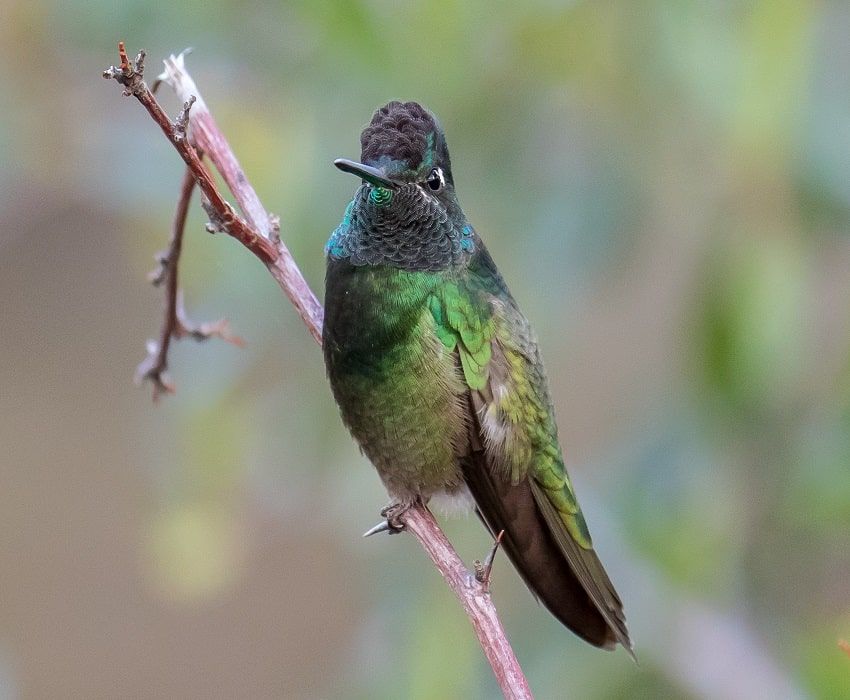
Which plants should I use?
Hummingbirds prefer tubular, red, pink, and orange flowers, although they are also attracted to flowers of any shape, as long as they are orange or pink. The best plants to use are local ones since using them reduces the costs associated with their care and maintenance (a native plant demands less water and adapts to the natural cycles of the place). Among these plants, we have lavenders (Salvia spp.), aretillos (Fucshia spp.), cepillos (Calliandra spp.), colorines (Erythrina spp.), some nopales such as Opuntia cochenillifera and Nopalea karwinskiana, espinosilla (Loeselia mexicana), and the different species of Echeveria and Penstemon, to mention just a few. All of them are among the preferred plants of hummingbirds.
As I mentioned before, when making a garden it is best to select native plants, and that also bloom sequentially, that is, that they bloom throughout the year, so that the hummingbirds always have food. It is also advisable that the plants chosen have different heights, to offer them a more varied and heterogeneous habitat. The garden can be as large as space allows, but it can also be done in a small pot. If flowers of different types are used, they can work to attract other pollinators, such as butterflies, bees, and bumblebees, which can further help in the conservation of this process that is so important for nature and our well-being.
Author: Dr. María del Coro Arizmendi Arriaga specializes in the ecology of birds, specifically their ecological interactions with plants. She coordinated the project Areas of Importance for the Conservation of Birds in Mexico and has participated in several initiatives for the evaluation of the conservation status of birds, as well as in the tri-national committee of the North American Pollinator Protection Campaign (NAPPC) and the Partners in the Flight conservation plan. She currently serves as Technical Secretary at UNAM's Secretariat of Institutional Development. She is the lead author of the recently published analysis of the state of pollinators and global food security, conducted as part of the Intergovernmental Science-Policy Platform on Biodiversity and Ecosystem Services (IPBES). Source: UNAM




